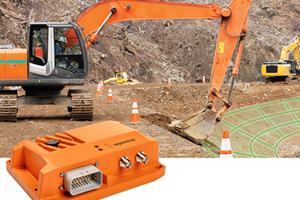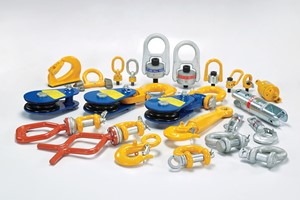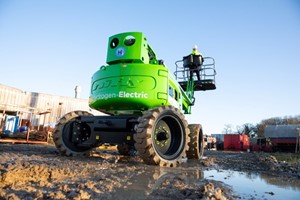Siemens Financial Services (SFS) has launched the Decarbonization Business Optimizer (DBO), a free cloud-based tool designed to assist building managers, construction firms, and others in their decarbonization efforts. This innovative solution aims to address the increasing demand for companies, especially those in the supply chain, to report their carbon footprint to customers.
The DBO serves as a scenario modeling and optimization tool, aggregating and leveraging data from relevant governmental agencies, including the U.S. Department of Energy (DOE), the Environmental Protection Agency (EPA), and the DOE’s National Renewable Energy Laboratory (NREL). By utilizing this data, the DBO generates decarbonization scenarios that are tailored to the specific characteristics of each facility, taking into account factors such as address, facility size, and type—be it a hospital, office building, or manufacturing plant. This localized approach allows for a more accurate estimate of carbon footprint and energy costs, compared to country-wide averages, and further refines these estimates by considering site-specific data like annual energy use or load profiles, when available.
According to Siemens, users can explore and select a combination of generation and storage technologies to support their decarbonization goals. Options include solar panels, combined heat and power (CHP), thermal energy storage, battery storage, and more. The tool also enables the creation of customized decarbonization scenarios based on specific technology preferences, resilience to grid outages, or budget constraints, facilitating data-driven decision-making in the decarbonization process. Additionally, it provides a summary of estimated return on investment (ROI).
Anthony Casciano, President and CEO of Siemens Financial Services, stated, “Companies, specifically those in the supply chain, are increasingly asked to report their carbon footprint to their customers — yet many do not know where to begin. The DBO addresses these barriers by taking action and puts companies of all sizes, and at all stages, in a better position to create long-term value, accelerating participation in the transition to net-zero emissions.”
The DBO was developed in collaboration with Siemens Technology, the company's central R&D department, and is built on AWS. It also utilizes public data available through the Amazon Sustainability Data Initiative (ASDI), which partners with sustainability-focused government agencies to host and deploy key datasets on the AWS Cloud. This includes data on weather observations and forecasts, climate projections, satellite imagery, hydrological data, air quality data, and ocean forecast data, which helps in estimating the thermal properties of materials used in buildings.












